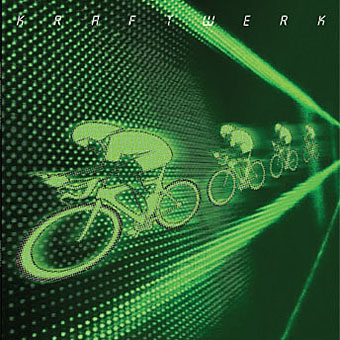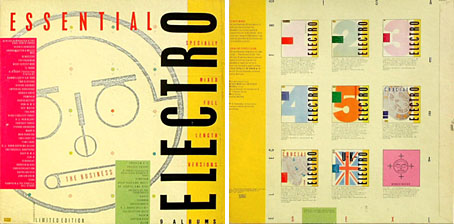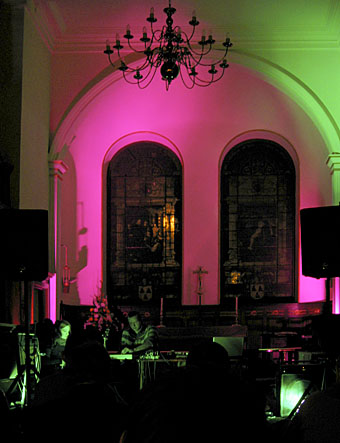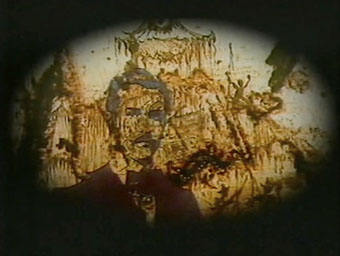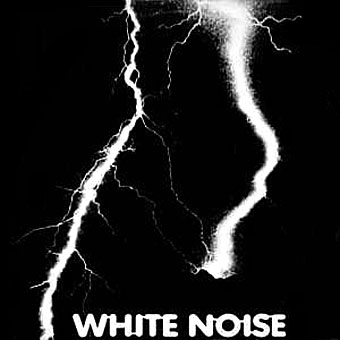1 Aerodynamik (Intelligent Design Mix by Hot Chip) (8:34)
2 La Forme (King Of The Mountains Mix by Hot Chip) (11:31)
This is a curious moment to be releasing a remix single, four years after the last studio album, Tour De France Soundtracks, which is the origin of the music here. But the Düsseldorf boys have always been a law unto themselves and I’m a Kraftwerk obsessive so I won’t complain, especially when any release at all is a significant event.
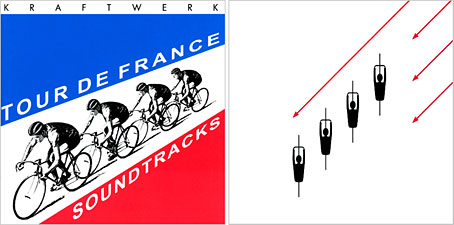
Tour De France Soundtracks (2003); Aerodynamik single (2004).
An additional attraction for this fan is seeing how the design changes from one release to the next. Kraftwerk control their presentation as carefully as their music and this new design combines the original quartet of cyclists (which date back to the first Tour De France single from 1983) with the fluorescent green that became a feature with Expo 2000. The bikes and riders have now been updated so they look suitably aero-dynamic.
Kraftwerk are notoriously tight-lipped about their activities and since the Eighties have developed a Kubrick-like prevarication towards new projects. A multi-disc retrospective, The Catalogue, was supposed to have appeared in 2004 and came close enough to release for promo editions to go out, only to be cancelled at the last minute. (Those promos now sell for hundreds of dollars on eBay.) The new single may be intended to stimulate interest in something more substantial seeing as we’re entering the prime period for pre-Christmas releases. Fingers crossed.
Previously on { feuilleton }
• Street Sounds Electro
• White Noise: Electric Storms, Radiophonics and the Delian Mode
• The genius of Kraftwerk

